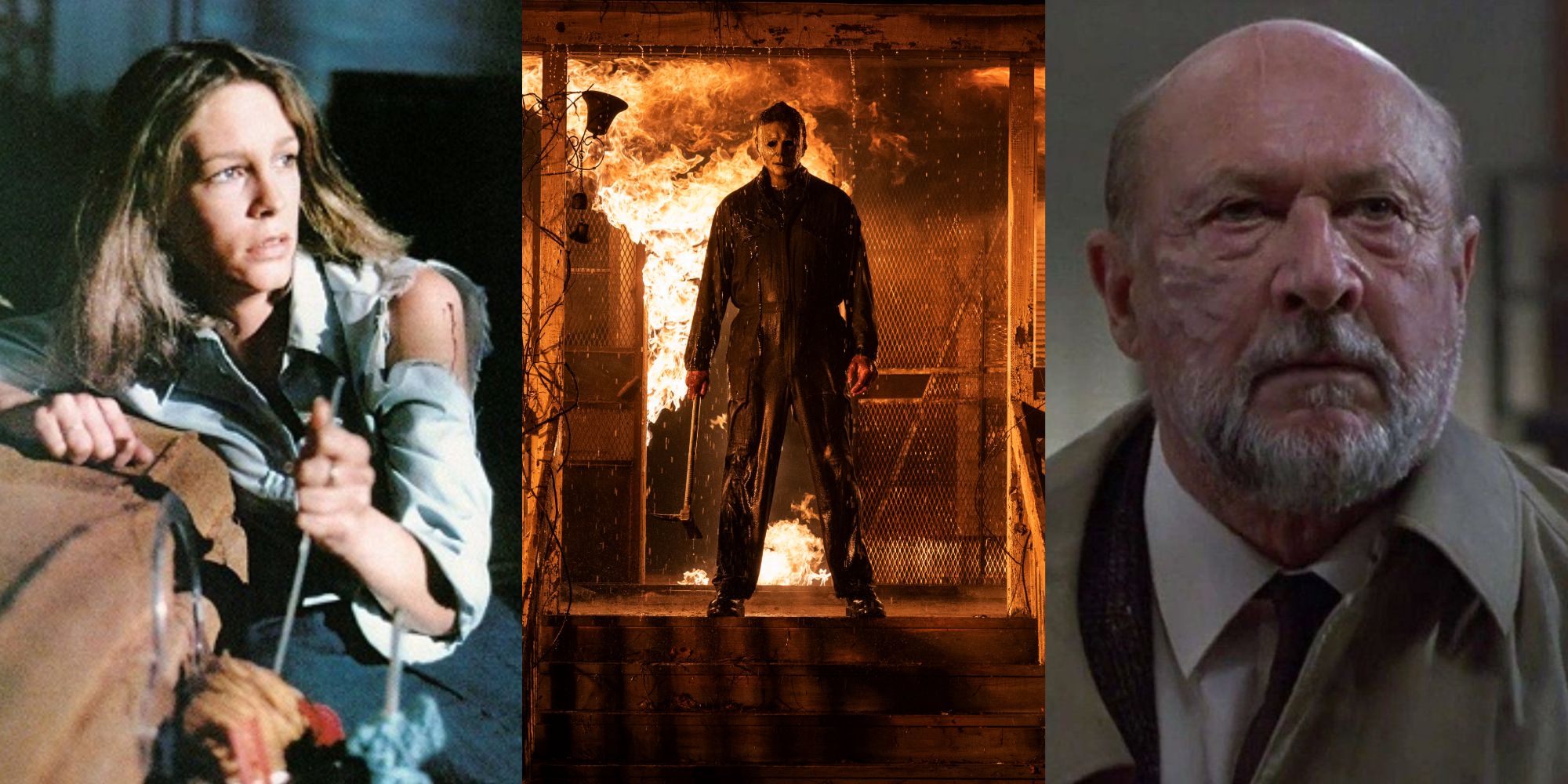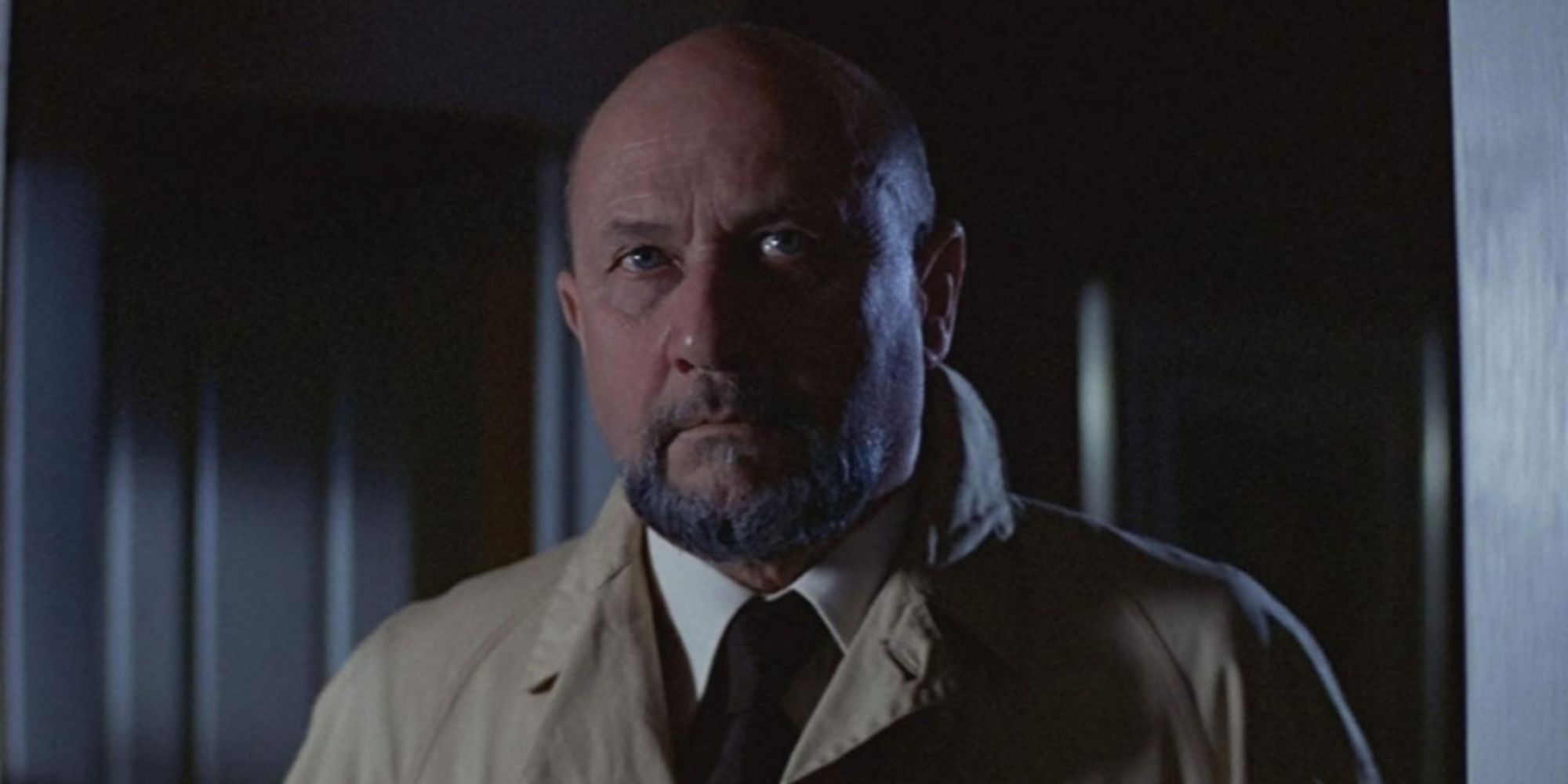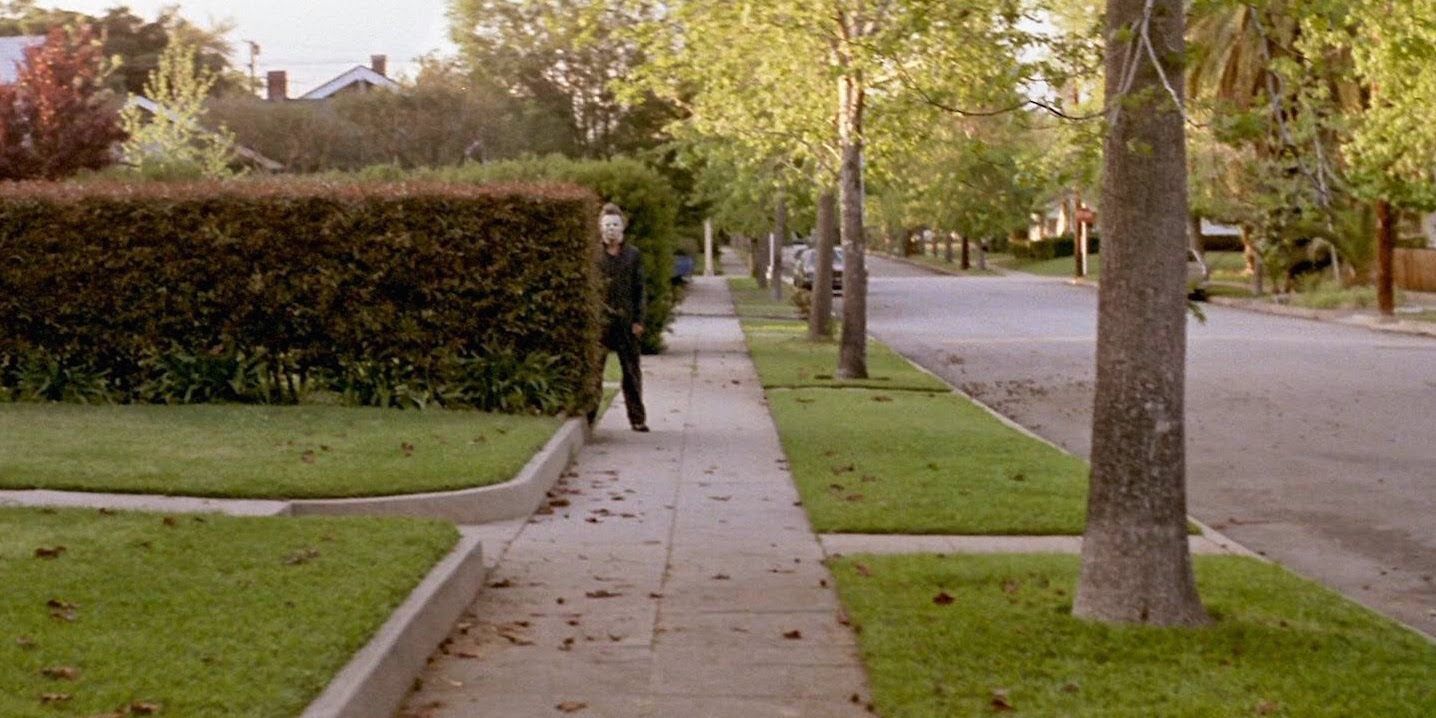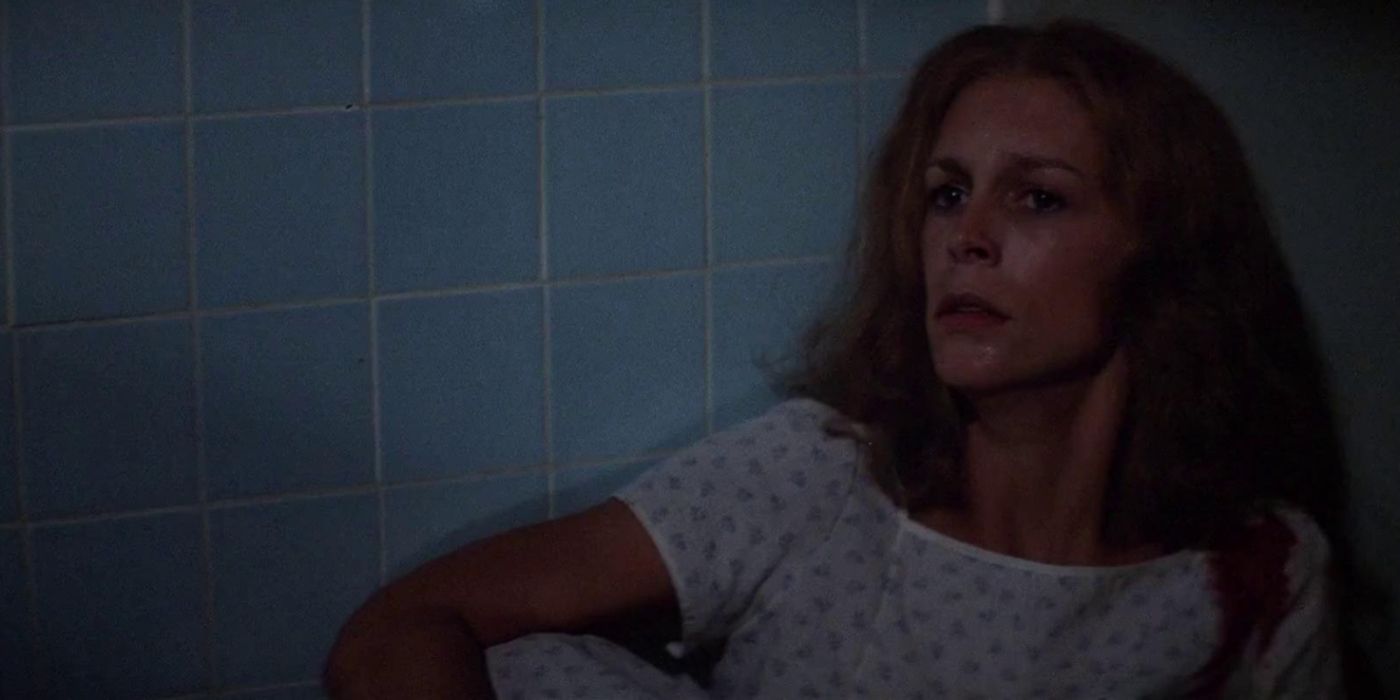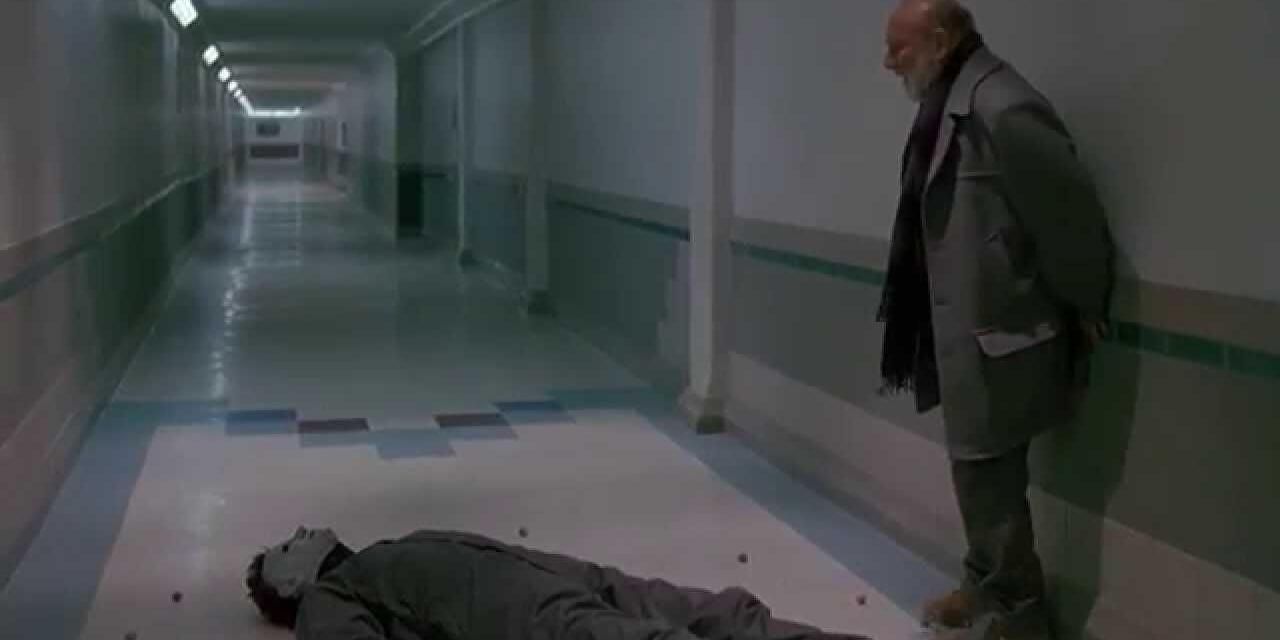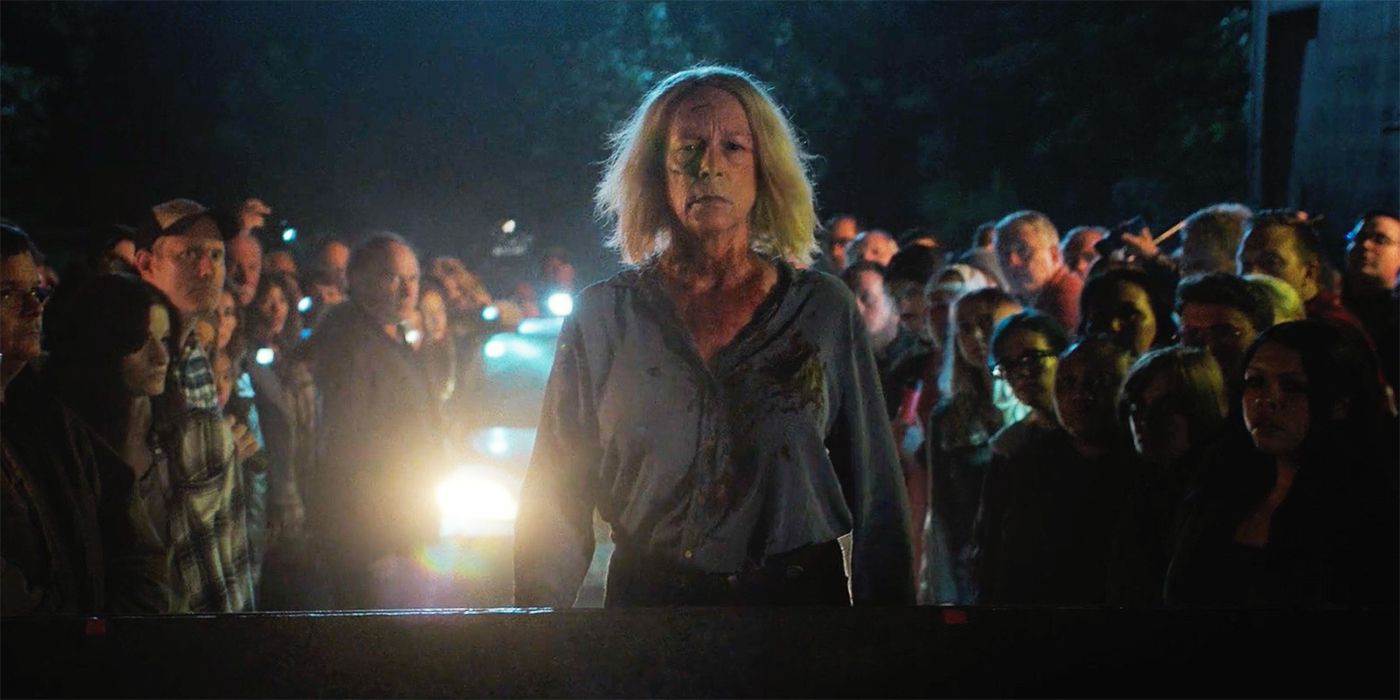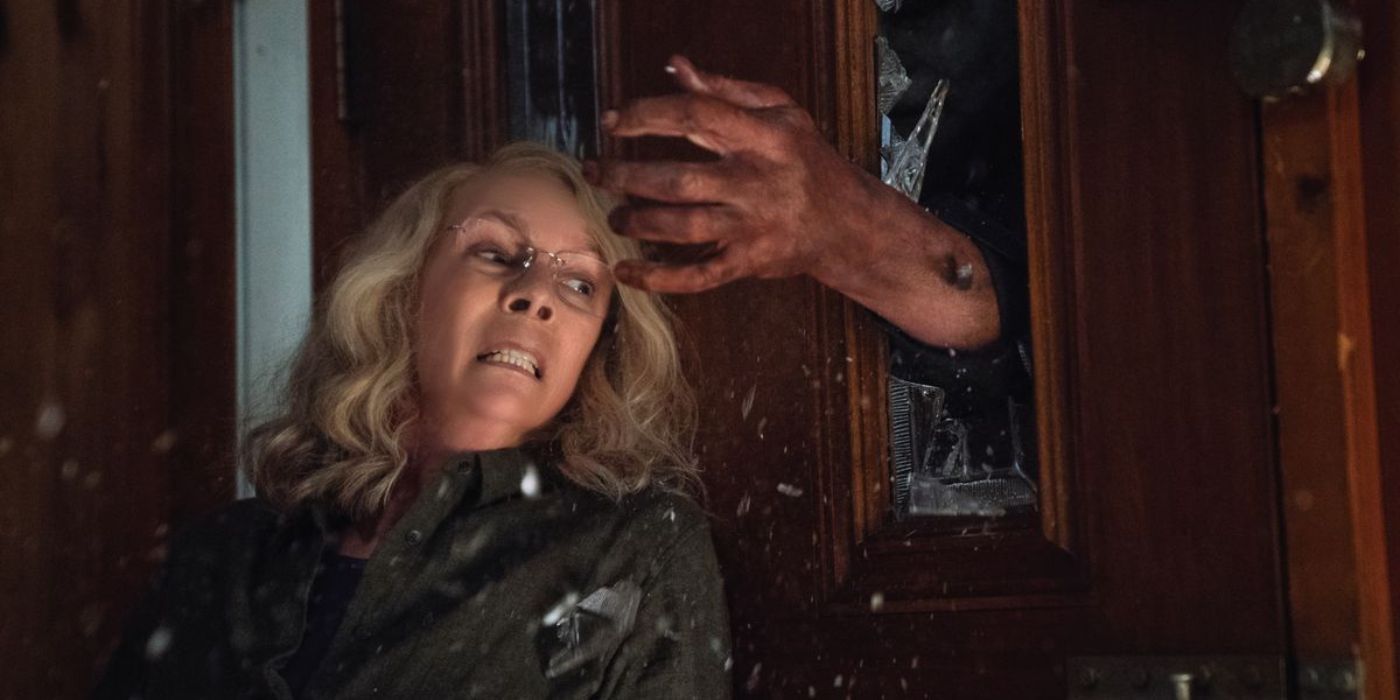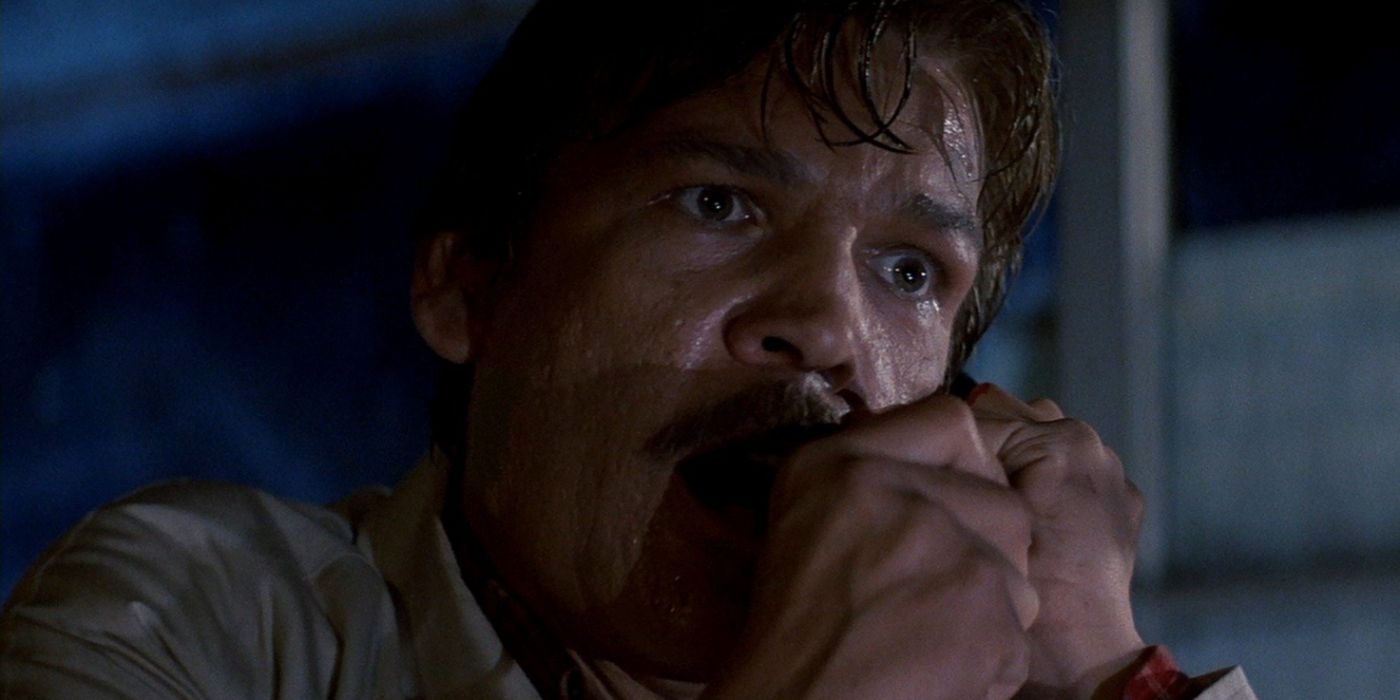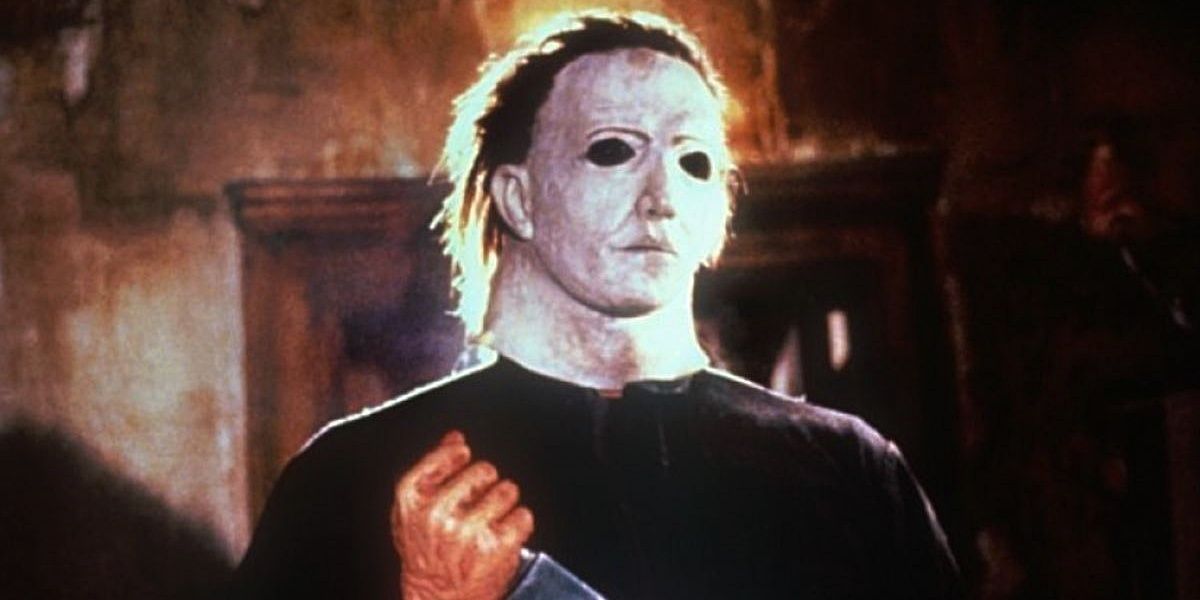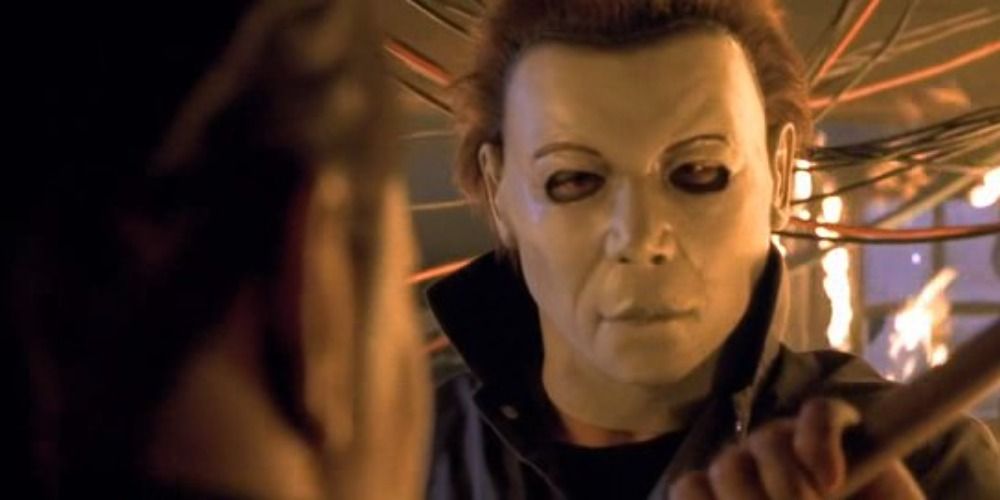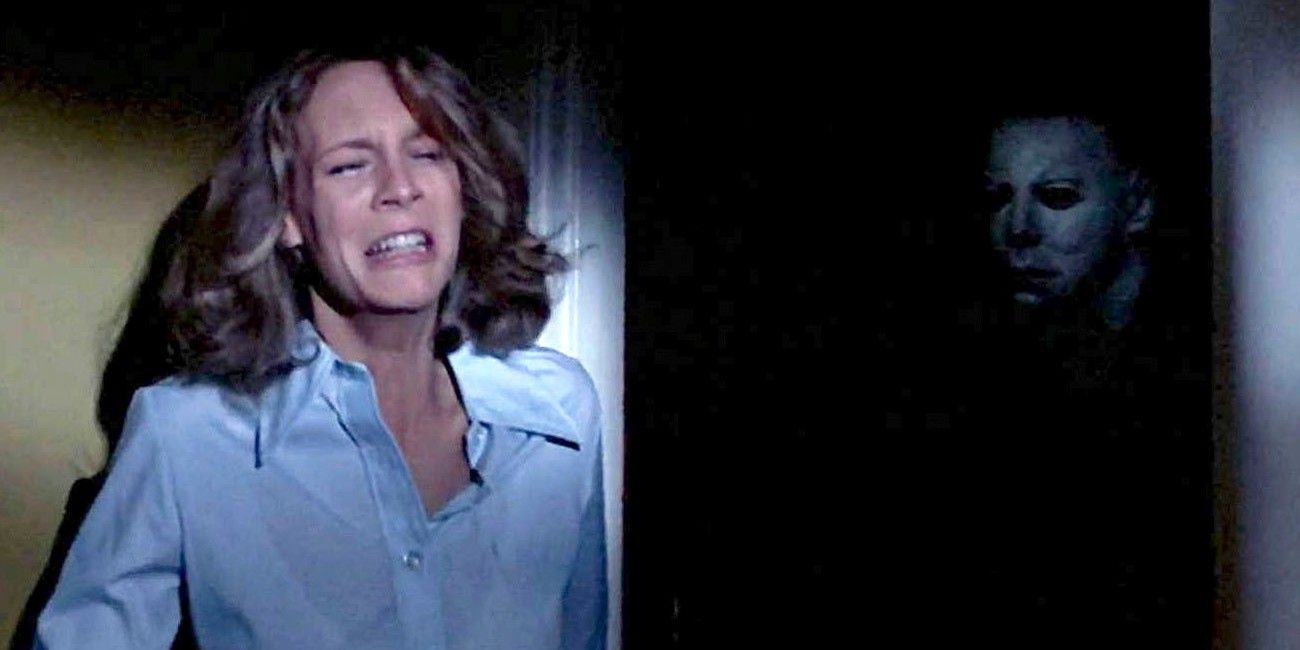Though Halloween Ends claims to put the series to bed forever, true horror hounds know that they probably haven't seen the last of Michael Myers. Like any long-running film series, the Halloween movies have their fair share of ups and downs, but there are a few glaring problems that stick out when revisiting the classic flicks.
From completely inept characters to entries in the series that are simply not scary, Halloween offers a bevy of harsh realities that must be reckoned with when binging all the numerous sequels and reboots. While every film series has its nitpicking issues, some aspects of the Halloween franchise are too big to be ignored.
Dr. Loomis Is Mostly Useless
Donald Pleasence's veteran savvy was one of the reasons the original Halloween was such a great movie, but his character of Dr. Sam Loomis presents more problems than solutions throughout the series. While he may have the best intentions, Loomis continually bungles situations and actually puts others in mortal danger repeatedly.
Loomis' experience with Michael gives him a Captain Ahab level of dedication to bringing the killer down, but after the first movie, the doctor is mostly in the way. He inadvertently causes the death of Ben Tramer in Halloween II, and in almost every movie he appears in, he is notably absent when Michael is stalking the final girl.
Does Halloween Take Place In Illinois Or California?
Generic-sounding and plain, the setting of Haddonfield was chosen to be as close to a typical American small town as possible. While it was meant to unnerve viewers who saw parallels in their own communities, it actually presented a plethora of problems for a film production that was shot entirely in California.
Throughout the original film, the evergreen streets of Pasadena are covered with dead leaves to simulate the experience of a Midwestern fall, but the illusion is weak at best. The brilliant writing and execution of the movie were enough to distract viewers from that glaring fault, but the obvious disparity of location is a detriment to the film upon subsequent rewatches.
The Not-So-Special Return Of Laurie Strode
One of the biggest selling points of the newest trilogy of films was that the original star of the series, Jamie Lee Curtis, would be returning to reprise her role. Though fans rejoiced to see Laurie Strode on screen again, the fact of the matter is that Curtis' return wasn't all that special.
Halloween has always been one of Jamie Lee Curtis' best films, and she has never been shy about coming back to get one more hack at Michael. From her first return in Halloween II to her story arc in H20 and Resurrection, Curtis has always paid it forward to the series that made her famous. Though she always puts in a stellar performance, Curtis' seven appearances make her a common sight across the franchise.
The Halloween Timeline Is A Mess
In an age of reboots, remakes, and copious sequels, it isn't unusual for the timeline of a film series to get a little muddy. Halloween on the other hand has gone past muddy and become a veritable quagmire of confusing and jumbled storylines that seem to get abandoned or rebooted with each new iteration.
David Gordon Green's films simplified things by ignoring anything that came after the original film, but it is difficult for fans to forget details about characters that were revealed in other sequels. Often regarded as one of the most confusing movie franchises of all time, viewers can't be scared when they are too distracted by a messed-up timeline.
The Halloween Ends Ending Was Anticlimactic
Finishing off a series that has been almost half a century in the making is a daunting task, and though Halloween Ends breathed fresh new ideas into the franchise, the ending was bound to feel anticlimactic. The series has shown Michael Myers to be an unstoppable killing machine, and the way he was finally dispatched soured everything that came before.
The man who had survived several gunshot wounds and a massive house fire was rendered useless by a kitchen appliance in a truly laughable moment. Though his final end was much more cathartic, and fit well into the story that the film was telling, his sudden weakness was a contrived scenario that wasn't true to the character.
Laurie Strode's Motivation
One of the things that Halloween 2018 did well was attempt to follow up on Laurie Strode's life, and tell the story of a woman who was truly haunted by her experience. While it was a more realistic depiction of trauma, her motivation throughout the David Gordon Green trilogy is a bit confusing.
Laurie built her entire life around the assumption that Michael would return to polish her off, but she really has no reason to think that would happen. By eliminating the entire sibling angle from Halloween II, the newest movies return Michael to his original form as a random killer, and he has no true motivation.
Halloween 3 Was Actually Great
Audiences wholly rejected Halloween III: Season of the Witch when it was released in the early-'80s because it had nothing to do with Michael Myers. However, as time has gone on, the abandoned spin-off film has actually stood the test of time as one of the few good Halloween sequels.
With a fresh idea and chilling plot, Season of the Witch promised to take the franchise in a new direction as an anthology series. Though it didn't take off, it is still regarded as one of the best films in the Halloween series, and is far superior to the deluge of cheesy sequels that Michael Myers was resurrected for in the ensuing decades.
The Awful Captain Kirk Masks
Simplicity was key for the original Halloween film, and the eerie white mask that obscures Michael's face was the thing that cinched the entire film together. The re-purposed Captain Kirk mask gave the killer an aura of anonymity and helped contribute to his persona known only as The Shape.
Unfortunately, as the sequels wore on, the masks began to drift further and further from the original film's spooky visage. Even in Halloween II, the obviously stretched-out mask made Michael look completely different, and by Halloween 5 the mask was almost unrecognizable. Capturing the frightening simplicity of the original was difficult, but reproducing the mask should have been the first priority for the costume department.
Michael Stops Being Scary
While the movies are still known for Michael Myers' most shocking kills, the over-saturation of the character has diminished a bit of Michael's fright factor over the years. In the original film, he was the almost ethereal embodiment of evil referred to as The Shape, but as time wore on he became just another lumbering slasher goon.
Things hit their worst point during the Thorn trilogy, where the once-great antagonist was reduced to a mere pawn in a much larger conspiracy. Even before that though, the repetitive nature of the sequels caused Michael to lose a lot of his luster, and it stopped being very scary after he was proven to be completely invincible.
No One Understood Why Halloween (1978) Was So Good
Only on the rarest of occasions does a film sequel ever come close to capturing the spirit of its predecessor, and Halloween has never really seen a sequel that understood why it was so effective. 1978 was a moment in time that can't ever be reproduced, and the tone of the film reflected the very specific anxieties of an extremely violent decade.
The movie wasn't hair-raising because of the details; Halloween was effective because of what it represented to the average American small town. Michael wasn't a supernatural monster but a motiveless slayer who could be anyone's next-door neighbor. Instead of updating those ideas to fit modern times, the sequels instead opted to turn The Shape into a generic product to be copied over and over again.

